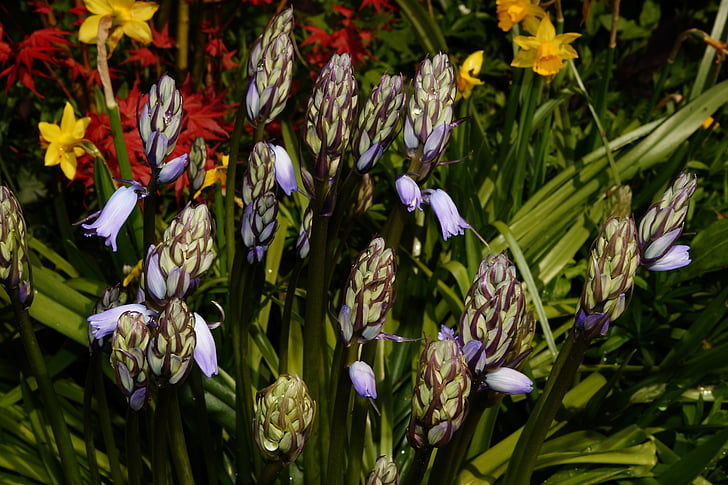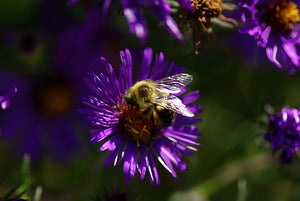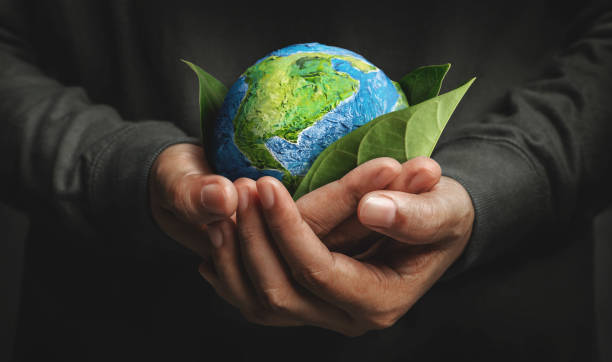In the delicate dance of environmental guardianship, where every facet of our planet is an integral note in the symphony of life, the cryosphere takes center stage. The World Meteorological Organization (WMO) orchestrates a watchful eye over this frozen realm through its Global Cryosphere Watch (GCW).
The cryosphere encompasses the frozen realms of our planet, from the snow-capped peaks to the icy expanses of polar regions. It includes glaciers, ice caps, permafrost, and sea ice. These icy landscapes play a critical role in regulating Earth's climate and supporting diverse ecosystems.
GCW, launched by WMO in 2010, stands as a testament to the commitment of understanding and safeguarding the cryosphere. Here's what sets GCW apart in the realm of environmental monitoring:
- Comprehensive Monitoring: GCW integrates data from various cryospheric components, providing a comprehensive view of changes in glaciers, ice caps, and snow cover. This holistic approach is essential for understanding the interconnected dynamics of the cryosphere.
- Global Collaboration: Just as the cryosphere knows no borders, GCW fosters global collaboration. It brings together scientists, researchers, and organizations from around the world to share data and insights, promoting a unified understanding of cryospheric changes.
- Adaptive Technologies: GCW leverages cutting-edge technologies, including satellite observations and ground-based monitoring, to collect accurate and timely data. These technologies enable a real-time assessment of cryospheric conditions.
To grasp the significance of GCW, we must first appreciate the key components of the cryosphere. Here's a glimpse into this frozen panorama:
- Glaciers: Vast rivers of ice that flow slowly, shaping landscapes and influencing sea levels. GCW monitors glacier mass balance, helping us understand the impact of climate change on these icy giants.
- Sea Ice: The frozen expanses that float on the ocean's surface, influencing global climate patterns. GCW tracks sea ice extent and thickness, providing critical information for climate modeling.
- Permafrost: Frozen ground that remains at or below freezing temperatures for at least two consecutive years. GCW assesses permafrost conditions, crucial for understanding its role in carbon storage and release.
- Snow Cover: The seasonal blanket of snow that covers land surfaces. GCW monitors snow cover extent and duration, contributing to our understanding of regional climate variability.
Changes in the cryosphere have far-reaching consequences that touch every corner of our planet. Here's a breakdown of how these changes impact the global climate:
- Sea Level Rise: Melting glaciers and ice caps contribute to rising sea levels, posing threats to coastal communities and ecosystems.
- Climate Feedback Loops: Changes in the cryosphere can trigger feedback loops, amplifying the effects of climate change. For example, melting permafrost releases stored carbon, contributing to greenhouse gas emissions.
- Weather Pattern Influence: The cryosphere plays a role in shaping weather patterns and influencing regional climates. Changes in the cryosphere can lead to shifts in precipitation patterns and temperature extremes.
The choice to embrace sustainability, symbolized by Bamboo Toilet Papers, aligns with the principles of cryospheric conservation. Here's how:
- Reduced Environmental Impact: Bamboo cultivation generally has a lower environmental impact compared to traditional wood pulp. By choosing bamboo toilet paper, individuals contribute to minimizing their ecological footprint, echoing the cryosphere's need for preservation.
- Carbon Sequestration: Bamboo forests act as carbon sinks, sequestering carbon dioxide from the atmosphere. This aligns with the cryosphere's role in regulating global carbon cycles.
- Sustainable Resource Use: Bamboo is a rapidly renewable resource, mirroring the sustainable practices advocated by GCW in its cryospheric monitoring efforts.
SO . . . .
As we unravel the wonders of the cryosphere and the tireless work of GCW, it becomes clear that our choices and actions are interconnected with the fate of these icy landscapes. By supporting initiatives like GCW and making sustainable choices in our daily lives, such as choosing Bamboo Toilet Papers, we become active participants in the preservation of the frozen symphony that shapes our planet.
Read more:
- Sowing Seeds of Change: A Journey Through the History of the Environmental Movement
- Healing the Earth: Unraveling the Mysteries of Acid Rain
- A Breath of Fresh Air: Demystifying WMO's Global Climate Observing System (GCOS)







